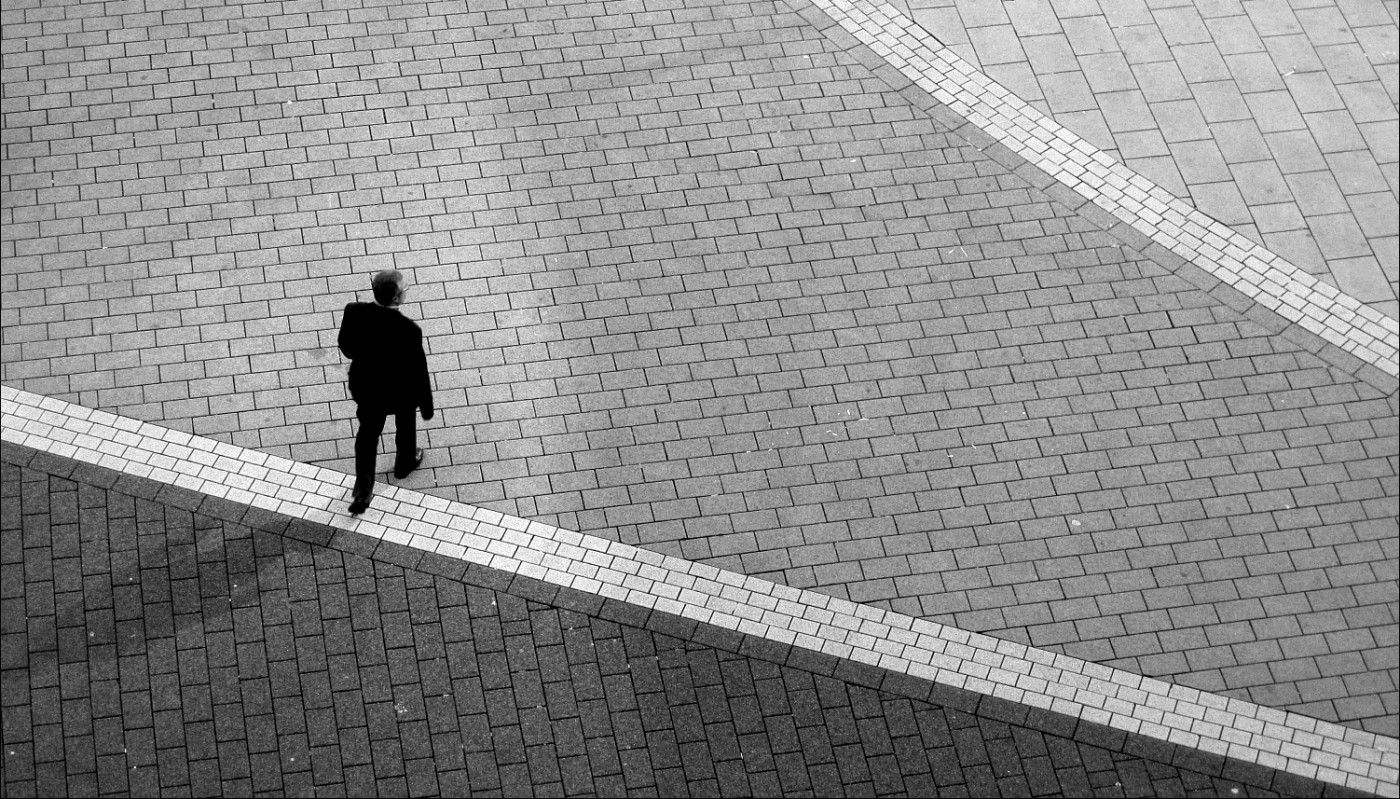
It’s Tax Time – Wake Up and Think About Taxes!
 Sometimes it is better tax wise to rehab space than build new. The Protecting Americans from Tax Hike Act of 2015 or “PATH Act” provided several gifts to the real estate industry that favors rehabbing older buildings. The PATH Act retroactively restored and made permanent the 15 year recovery period for qualified leasehold improvement property, qualified restaurant property and qualified retail improvement property. Qualified leasehold improvement property is any improvement to the interior portion of the building which is non-residential, if the improvement is IRC §1250 property (generally real estate), the improvement is made under or pursuant to a lease either by the lessee, sublessee or lessor of the building, a portion of the building is occupied exclusively by the lessee or any sublessee, and the improvements are placed in service more than 3 years after the date the building was first placed in service. Qualified retail improvement property is any improvement to the interior portion of a building which is non-residential if that portion is open to the general public and is used in the retail trade or business of selling tangible personal property to the general public and the improvement is placed in service more than 3 years after the date the building was first placed in service. Qualified restaurant property is any Section 1250 property (generally real estate) which is a building or improvement to a building if more than 50% of the building square footage is devoted to the preparation of and seating on the premises for consumption of prepared meals.
Sometimes it is better tax wise to rehab space than build new. The Protecting Americans from Tax Hike Act of 2015 or “PATH Act” provided several gifts to the real estate industry that favors rehabbing older buildings. The PATH Act retroactively restored and made permanent the 15 year recovery period for qualified leasehold improvement property, qualified restaurant property and qualified retail improvement property. Qualified leasehold improvement property is any improvement to the interior portion of the building which is non-residential, if the improvement is IRC §1250 property (generally real estate), the improvement is made under or pursuant to a lease either by the lessee, sublessee or lessor of the building, a portion of the building is occupied exclusively by the lessee or any sublessee, and the improvements are placed in service more than 3 years after the date the building was first placed in service. Qualified retail improvement property is any improvement to the interior portion of a building which is non-residential if that portion is open to the general public and is used in the retail trade or business of selling tangible personal property to the general public and the improvement is placed in service more than 3 years after the date the building was first placed in service. Qualified restaurant property is any Section 1250 property (generally real estate) which is a building or improvement to a building if more than 50% of the building square footage is devoted to the preparation of and seating on the premises for consumption of prepared meals.
In addition to the PATH Act providing for 15 year depreciation on certain real estate, a bonus 50% first year depreciation allowance is available for qualified improvement property. Qualified improvement property is any improvement to the interior portion of the building that is non-residential real estate, if the improvement is placed in service after the date the building was first placed in service. Building improvements are eligible for bonus depreciation regardless of whether the improvements are property subject to a lease and hence businesses that improve its own property would be eligible for the bonus depreciation. The improvement need not be placed in service more than 3 years after the date the building was first placed in service. For qualified improvement property placed in service after December 31, 2017, the 50% bonus depreciation is reduced to 40% if the property is placed in service in 2018, and 30% if the property is placed service in 2019. Bonus depreciation will not be available for qualified improvement property placed in service after 2019.
The PATH Act retroactively extended and made permanent the $500,000 expense limitation and $2,000,000 phase out under IRC §179. Generally, Section 179 property is tangible appreciable property other than buildings or structural components acquired by purchase and used in an active trade or business. The PATH Act permanently extended the elective treatment of qualified real property as Section 179 property. Qualified real property is property that is classified as (1) qualified leasehold improvement property as described above; (2) qualified retail improvement property as described above; and (3) qualified restaurant property as described above.
The same property can be eligible for the 15 year life, the bonus depreciation and Section 179 expensing. Section 179 expensing is applied first up to $500,000. Then bonus depreciation is applied to the portion of the cost that is not expensed under Section 179. The balance of the basis is then depreciated over 15 years.
